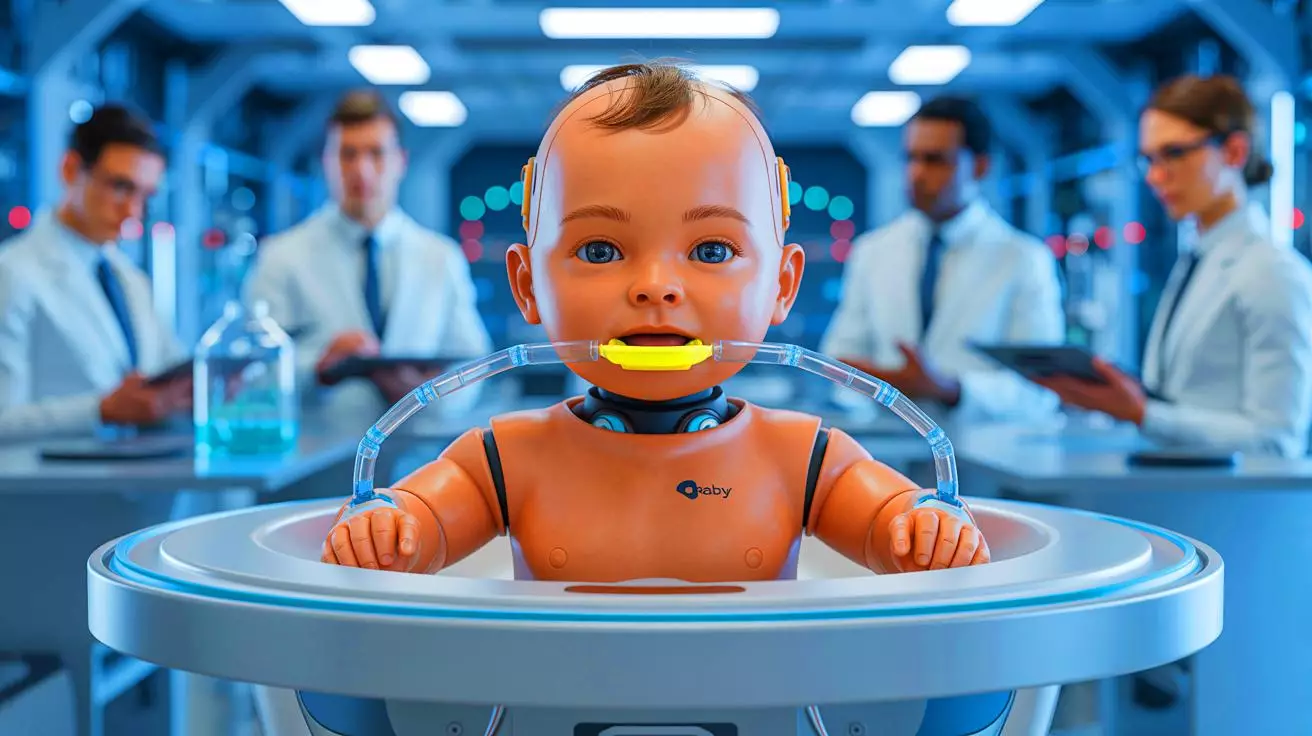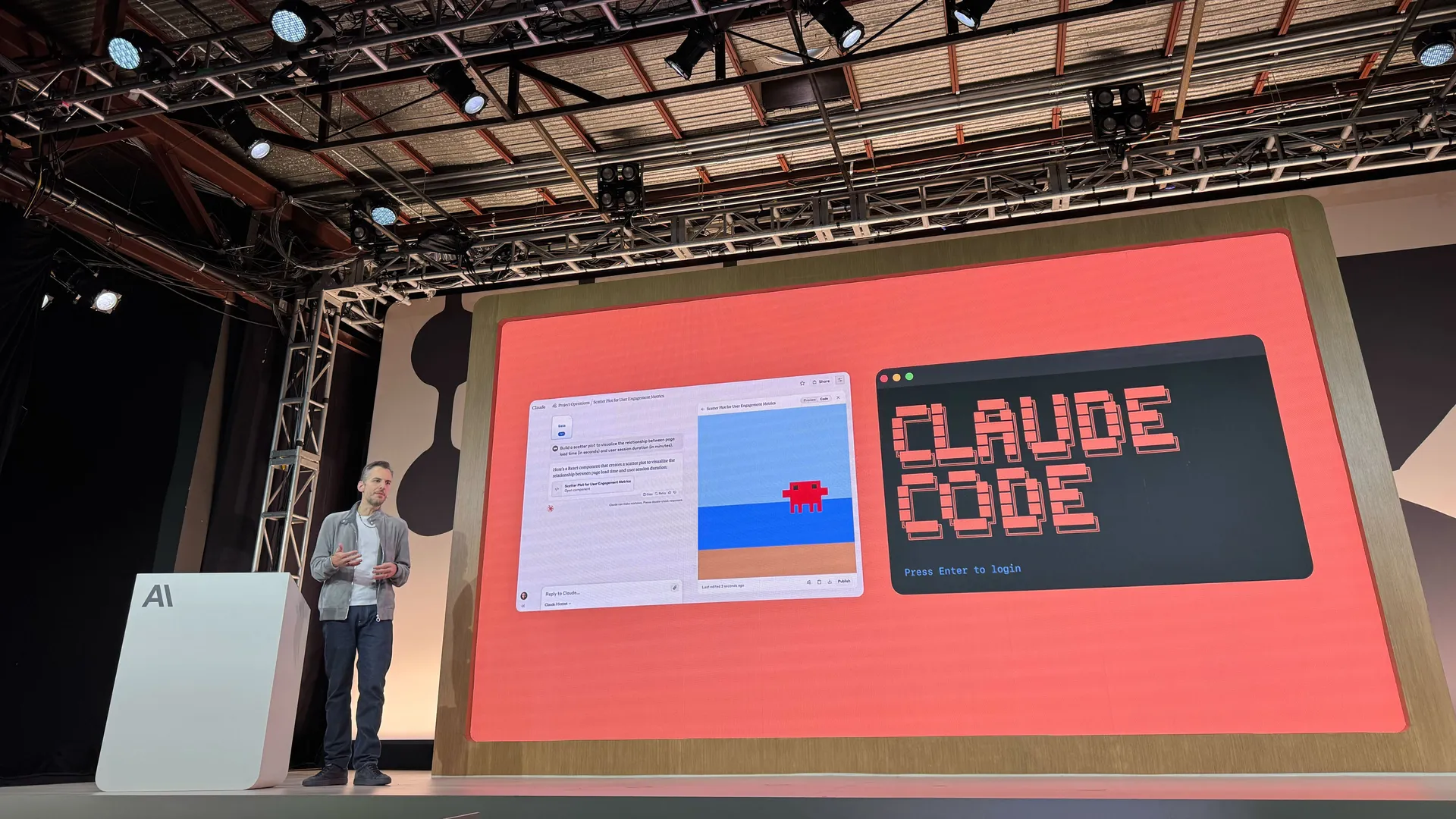In a groundbreaking advancement for pediatric research, scientists have unveiled BabyBot, a revolutionary soft robotic system meticulously designed to mimic the intricate behaviors of infant feeding. This innovative creation offers researchers an unprecedented and ethical tool for studying early oral motor skills with astonishing precision and unmatched expertise.
Dubbed "This Robot Feeds Like a Baby," BabyBot represents a significant leap forward in the intersection of robotics and artificial intelligence. Unlike rigid, traditional robots, BabyBot's soft robotic design, utilizing materials that mimic human tissues, allows it to replicate the nuanced movements and reflexes involved in how babies eat and swallow. This breakthrough provides a safe and ethical alternative to direct human testing, opening new avenues for understanding crucial developmental processes.
The Challenge of Studying Infant Feeding:
Infant feeding is a complex interplay of reflexes and adaptive behaviors vital for a baby's growth and health. Studying these rapidly evolving skills has long posed ethical and practical challenges. Traditional methods like computer simulations and observational studies often fail to capture the full complexity of these intricate processes.
BabyBot: Bridging the Gap with Soft Robotics:
Leveraging recent advancements in soft robotics, BabyBot offers a novel solution. This pioneering platform integrates a sensorized oral cavity, a sophisticated soft robotic tongue capable of both basic compressions and complex peristaltic motions, and even simulated neural circuits to imitate reflexive and adaptive feeding responses. Powered by pneumatic pumps for tongue movement and suction, BabyBot also incorporates integrated sensors providing crucial proprioceptive and perceptual feedback.
Key Features and Capabilities of the BabyBot Marvel:
Precise Mimicry of Infant Feeding: Replicates the intricate movements and reflexes of a baby's mouth and tongue during feeding.
Soft Robotic Design: Utilizes materials mimicking human tissues for realistic and nuanced movements.
Sensorized Oral Cavity: Provides detailed data on the feeding process.
Versatile Feeding Simulation: Capable of handling both liquid and semi-solid foods.
Developmental Stage Replication: Can simulate various feeding stages from birth to six months, including bottle and spoon feeding.
Defense Mechanism Simulation: Can even replicate the gag reflex, offering insights into abnormal feeding behaviors.
Closed-Loop Sensory-Motor System: Provides a comprehensive platform for studying infant feeding across multiple stages.
Ethical Research Tool: Offers a safe and ethical alternative to direct human testing.
Potential Applications and Future Directions:
The potential applications of BabyBot extend far beyond basic research:
Pediatric Care Advancement: Offers a realistic in vitro model for understanding and addressing infant feeding difficulties.
Evolutionary Biology Insights: Provides a tool for studying the evolution of early oral sensory-motor function.
Biomedical Engineering Innovation: Serves as a platform for developing new diagnostic and therapeutic interventions.
Clinical Evaluation and Training: Offers a valuable tool for training healthcare professionals in assessing infant feeding skills.
Simulation of Abnormal Development: The modular design allows for studying inter-individual variability and developmental abnormalities.
Future advancements for BabyBot include the integration of chewing functions, artificial saliva, and embodied AI to further enhance its sensory processing and adaptive control capabilities, solidifying its role as a key innovation in the study and support of early human development.
Impact and Recognition:
The development of BabyBot, with its potential to revolutionize the study of early human development and advance pediatric care, has garnered significant attention. The team's groundbreaking research has been published in the prestigious journal Nature Robotics, underscoring the importance and impact of this innovative technology.








